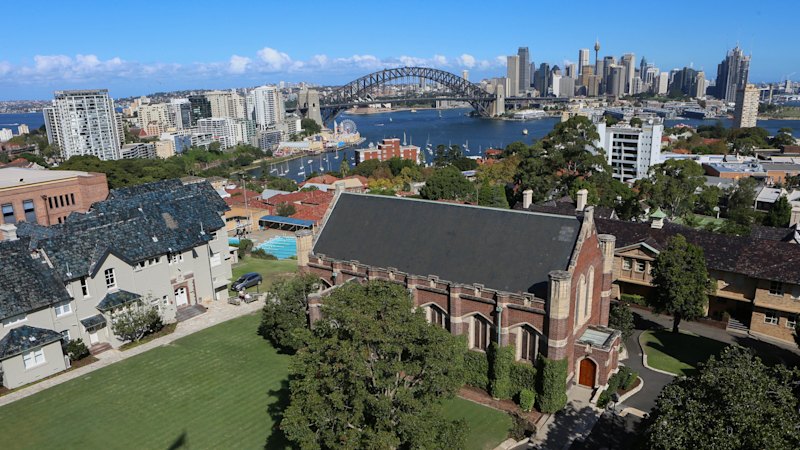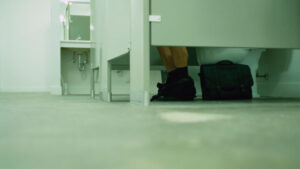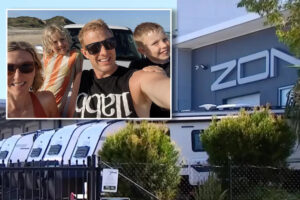
A prestigious all-boys private school on Sydney’s north shore, Shore School, is set to increase its fees to over $50,000 next year. This move positions it as the third institution in the city to surpass this significant financial threshold, as schools across the region prepare to raise prices by 4 to 7 percent.
Shore School has announced its fee structure for 2026 earlier than anticipated, with a rise of just under 4 percent. This decision is driven by the increasing costs associated with teacher salaries, compliance, and infrastructure maintenance. Year 11 fees will climb to $50,630, covering tuition and additional levies for camps, technology, and resources. Meanwhile, Year 12 students will face a fee of $49,615, marking an increase of approximately 3.9 percent.
Rising Costs Across Sydney’s Private Schools
In recent years, two other prominent private schools in Sydney’s eastern suburbs, Kambala and Scots College, have also seen their fees exceed $51,000. At the current rate of increase, projections suggest that the city’s most expensive schools could reach $70,000 within the next seven years.
Even schools with lower and mid-range fees are experiencing significant hikes. For instance, Oran Park Anglican College in southwest Sydney has raised its fees by 6 percent to $10,350 for Year 12, while Richard Johnson Anglican College in Oakhurst has increased fees by about 8 percent to $7,965 for the final school year.
Impact of Teacher Salaries on Fee Increases
Principals across the board are bracing for fee hikes between 4 and 7 percent next year. This follows a pay agreement reached in February, which secured a 4.5 percent salary increase for private school staff in 2026, and an additional 4 percent the following year. The most experienced private school teachers are expected to earn approximately $133,000 next year, with schools like Shore and King’s historically offering salaries above award rates.
Public school teachers, on the other hand, reached a wage agreement last year that set the top-of-the-scale pay at $129,000, along with additional benefits such as extra pupil-free days and capped weekly staff meetings.
Challenges and Strategic Decisions
Scott James, headmaster of Knox Grammar, highlighted the budgetary pressures faced by school boards due to rising salaries driven by award obligations and the costs associated with maintaining aging infrastructure. “The challenge lies in maintaining quality and sustainability, while being mindful of affordability for parents,” James stated.
Shore’s headmaster, John Collier, explained that the fee increase was kept below 4 percent to consider cost-of-living pressures, and announced the changes earlier than usual to help families plan ahead. A school spokesman noted that tuition fees had been “carefully benchmarked” against comparable independent schools.
“Schools blamed salaries and inflationary pressure for fee rises – which had surged more than 50 percent in a decade and outstripped inflation – but they could consider other measures such as increasing class sizes and reviewing management costs.” – James Mathers, former executive member of the Shore School council.
Future Outlook and Economic Context
Private schools are investing heavily in infrastructure, with over $500 million worth of building projects in the pipeline. This includes plans for a $108 million sports center at MLC School in Burwood, $170 million for campus development at King’s, and a $51 million sports and aquatic center at Santa Sabina.
The financial landscape for private schools is also influenced by changes in government funding. New data for 2024 reveals that parents with children at schools like SCEGGS Darlinghurst, Wenona, Redlands, and Shore have the highest median incomes in the state, ranging from $460,000 to $505,000. These figures, sourced from the Australian Taxation Office, are used to calculate the capacity of families to contribute to school fees.
Some schools have faced funding cuts after the federal government revised the system to assess family contributions, with these reductions set to phase in until 2029. Earlier this year, the government informed private schools that it would roll over capacity-to-contribute scores for 2026 to aid in budgeting.
“Schools finalize their budgets and fees months in advance. When funding information arrives late in the year, they’re forced to scramble, cutting programs or jobs at the worst possible time.” – Graham Catt, Chief Executive, Independent Schools Australia.
Last year, high-fee private schools increased fees by up to 12 percent, attributing the hikes to the ripple effect of public system wage increases throughout the education sector.
As Sydney’s private schools continue to navigate these financial challenges, parents and school administrators alike are faced with tough decisions to balance quality education with affordability.







